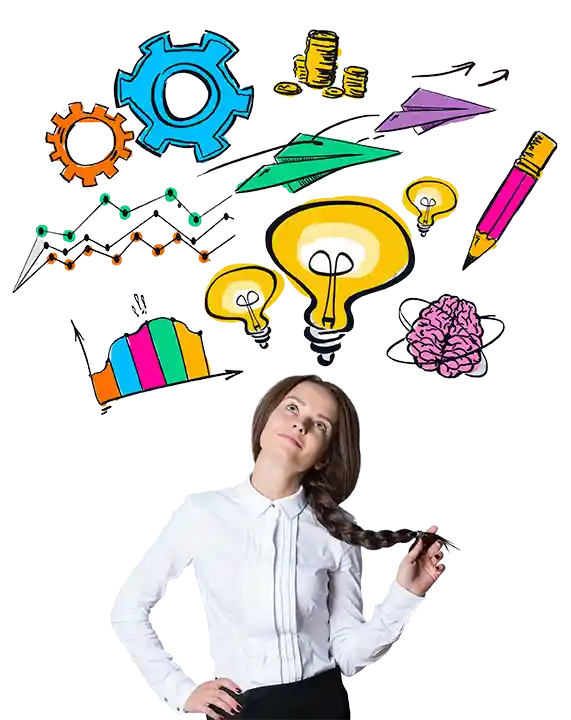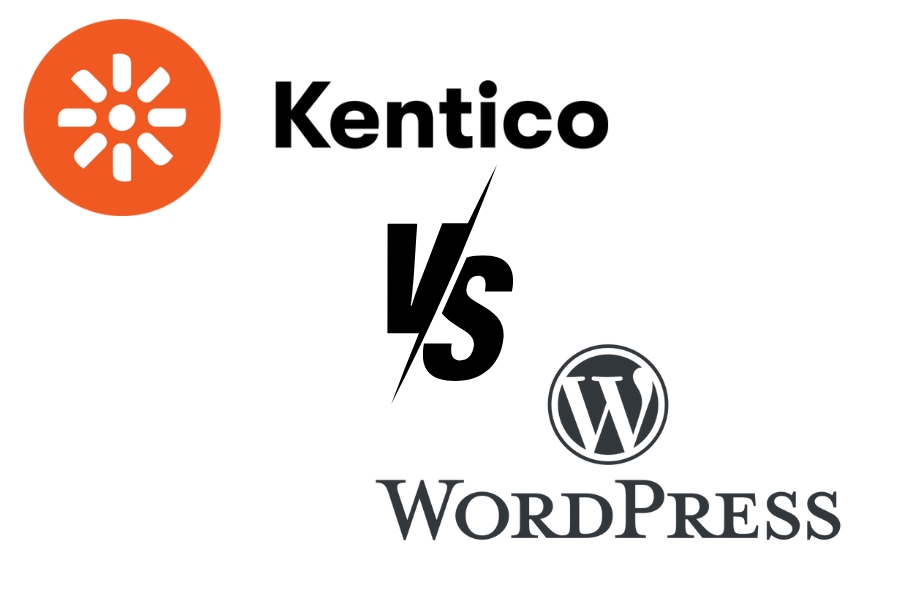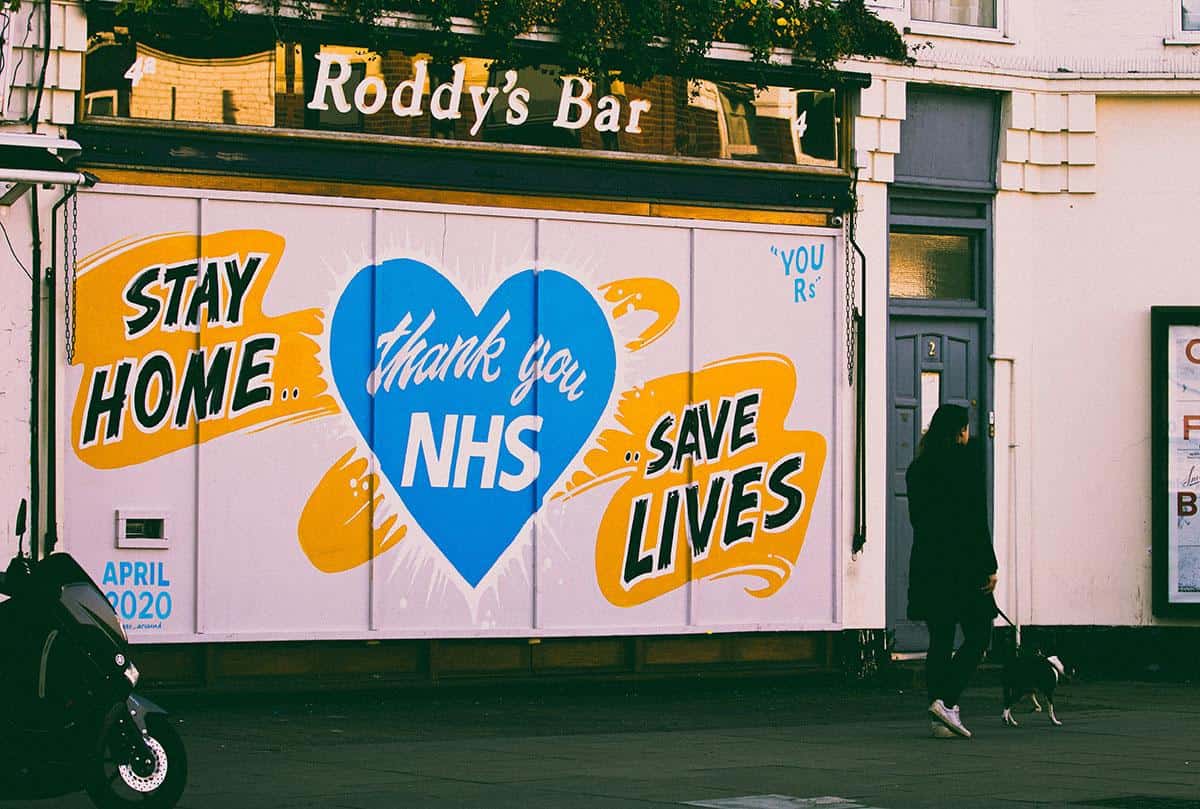Web design has changed a lot since the inception of the World Wide Web, and web design continues to grow year upon year. Each year brings new forms of web design, new trends, and new features for businesses to make the most of.
So what will 2015 have in store for web design trends, and how can businesses stay ahead of the competition?
Responsive Mobile-First Web Design
Nowadays, more people are browsing from their mobile devices than ever; and the number of people browsing the web from mobile devices has officially overtaken those browsing on their desktop PC. This should be enough to convince you that a mobile-friendly website design is a must. So what form of web design is the best option?
Google have thrown their weight behind responsive web design, meaning that the website will detect the size of the screen it is being viewed on, and “respond” accordingly. This means that your website will be optimised for mobile devices and desktop devices.
What is an increasingly popular trend (and rightfully so), is a designing a website with a “mobile-first” mentality. Using a responsive web design, web designers are now designing first and foremost for mobile devices, and then scale up to the design to suit desktops and larger screens. This can be a very useful technique, to ensure only essential elements are included, maintaining a clean and efficient look even on desktop PCs. What is important, is that web designers don’t forget about the importance of giving the desktop website similar importance. Note that it is “mobile-first”, and not “mobile-only”; desktop websites are still a very important part of marketing a business online, and should always be incorporated into your web design plans.
Below you can see a fully responsive web design build from Xanthos, that adjusts correctly depending on the screen it is viewed on.
Scrolling sites
Due to the fact more people are browsing the web from their mobile devices, a new web design trend is creating scrolling sites.
Scrolling sites offer more benefits than ever, as it’s a very elegant way to display content, and is easy to navigate. There can be very few navigation menus, and offers content for users to flick or scroll through, often on a single web page.
However, scrolling sites can be bad for some companies, due to the fact that segmented categories and pages can often get to the point of what a potential customer is looking for more often. Alongside this, websites that use a few or a single web page instead of many, run the risk of poor search engine optimisation; as they don’t have specific pages ranking for keywords that will bring them traffic, and ultimately business. However if you combine scrolling web design techniques whilst keeping SEO in mind, you can produce a website which is fully optimised for search engines and provides a unique experience for visitors.
What scrolling websites or pages can do very well, is display products and content efficiently and beautifully. A great example is from Apple, who displayed the Apple Watch is a very stylish manner.

Storytelling
Content still remains king in online marketing, and now marketers and web designers alike are seeing the benefits of telling a story through original content on a website.
Aside from blog posts, social content, and everything else that makes up content marketing, actually conveying a story through your website is another story. This could be detailing the evolution of your company, how your company could benefit others, why your products have changed people’s lives, and so on. Whatever your story is, you can tell it through your website. Coupled with great web design that will guide users through your story, it can be very effective in encouraging conversions and creating a lasting impression of your brand.
Simplicity
Whilst there was a time when web design was about having the flashiest website possible, now simplicity reigns again. Which is for the best.
Simplicity keeps a website looking elegant, classy, and stylish. In removing all non-essential web design elements, you ensure you have your marketing funnel in focus, which results in higher conversion rates and more business done through your website. Customers won’t get distracted or lost on your website, and they can remain focused on finding what they came onto your website to find in the first place.
What other design trends will we see? We’ve already started seeing fewer large background image headers, fewer background colours, and images in general. Expect to see less sophisticated layouts, which highlight a clean and simple design that will allow businesses to stand out from the crowd.
Card Design
Card design is something that has been gaining a lot of traction as a trend, especially due to the rise in mobile apps which often use card motifs.
Card designs are great for mobile devices, as they provide a large area to touch, and coupled with responsive design, the cards can be shuffled and rearranged accordingly. Sites such as eBay make great use of cards, displaying products a customer may be interested in through cards, adjusting to the device. Card design is also great for the society we now live in with short attention spans; meaning each card has an image and a snippet of information which can quickly and efficiently capture the attention of potential customers.
Material Design
Material design is a design language which has been developed by Google themselves. Google described their goals for material design with the following:
Create a visual language that synthesizes classic principles of good design with the innovation and possibility of technology and science.
It takes a flat design and expands upon the card motifs which are becoming more popular, creating something that blends the old style of paper (or “material”) with modern app design. Many web apps make use of this new design, but it’s becoming a lot more common across other websites too.
Ghost buttons
Buttons are important to website navigation, and 2014 saw a sharp rise in the use of ghost buttons. This new web design trend has buttons which can be transparent, and feature a thin, light edge or border.
These buttons allow the subtle attraction of a user’s attention, and maintains essential navigation whilst ensuring you aren’t cluttering a site with garish and colourful buttons.

Micro UX
Micro UX is a small element featured in a design which focuses on a single task. This could be in browsing a site, a checkout process, or anything else.
The purpose of a Micro UX is to create an engaging experience through an interesting or creative idea. By giving your customers a unique or alternative interaction, it can highlight a more human fun image of your brand. Often, these unique experiences are used to create a more fun or light-hearted interaction to boost the brand image of a company. We saw more of these throughout 2014, and it is set to become a major web design trend in 2015; with web designers looking to set themselves aside from the competition.
A personal favourite is the checkout from Threadless, which may be a little too joyful for many companies, but it’s a great example of how a company can separate themselves from the competition with just a small design statement. If you add more items to your basket, the anthropomorphic shopping cart changes colour, and comes back with a new quip each time. Plus, who could resist feeding the shopping cart who is still hungry?

Hidden menus
Hidden menus are also a new web design trend that are emerging. Along with the rise of mobile sites and apps, hamburger icons to unveil hidden off-screen menus have become commonplace, which the majority of the internet-using public now recognise.
This has led to web designers being able to user hamburger icons to display hidden menus, and hide navigation off screen until you really need it. As long as this is done intuitively and doesn’t lead to confused customers wondering how to navigate the website, it can prove to be a great way to maintain a clean and efficient web design.
HTML 5 Video
More and more businesses are making use of HTML 5 videos on their websites, and displaying them as backgrounds to their website.
The benefit of HTML 5 video is that it can boast faster loading speeds than you may think, and it helps to generate a story of your brand. A video can capture the hearts and minds of your potential audio, and doesn’t rely on users having to hit play before they see what you can provide.
As long as a conventional design is used around the video, then it can prove to be a very effective device is setting your business ahead of the crowd. Many websites have relied too heavily on the video, and forgotten about other content entirely; but a good balance can be found.
A great example comes from Y.CO Yachts, who not only do a great job of displaying their video, but the video itself really tells a story of what your life could be like if you purchased a yacht. It could convince even the most stubborn landlubber they need to sail the seven seas.

Modular Scrolling
Modular scrolling allows you to scroll separate columns as necessary, alongside being able to scroll the whole website.
This allows consistent navigation, so you can find relevant information without losing your current place elsewhere. It can also be great when you need to display separate information alongside others.
For instance; imagine displaying large product images on the right hand side of a page that can be scrolled to view, whilst displaying the product information on the left.
The trends from 2014 will continue to blossom, but we are sure to see a number of brand new trends emerge that will shape how we view and browse websites into the future. Staying ahead of the game in web design is an essential part of any business looking to stay relevant online.
If you are looking to update your current business website, or have a vision of how you’d like to portray your brand, get in touch with the team here at Xanthos, who will be happy to discuss how we can help drive more sales from your website.







